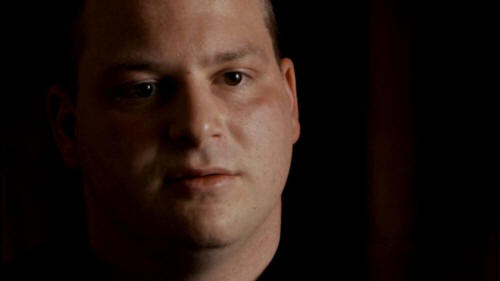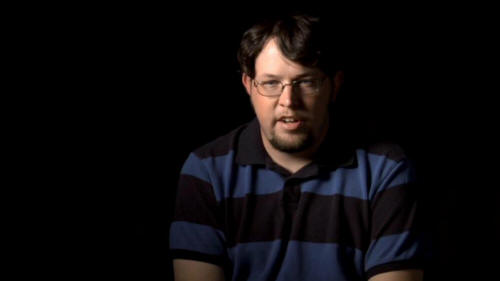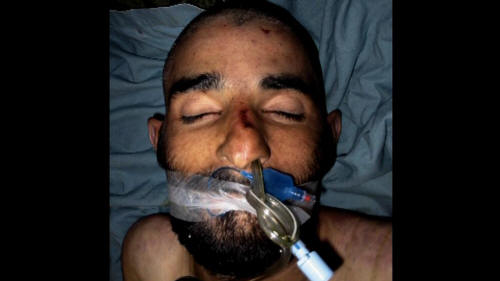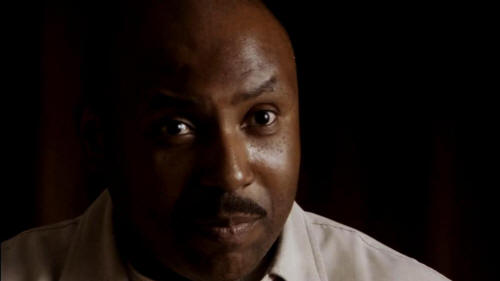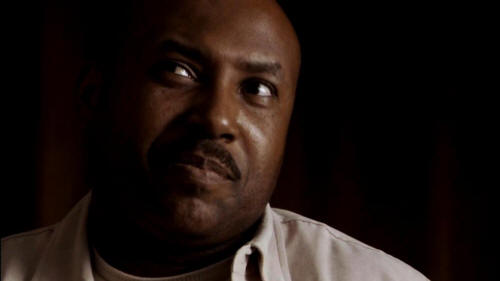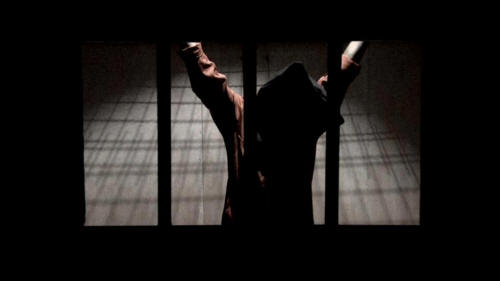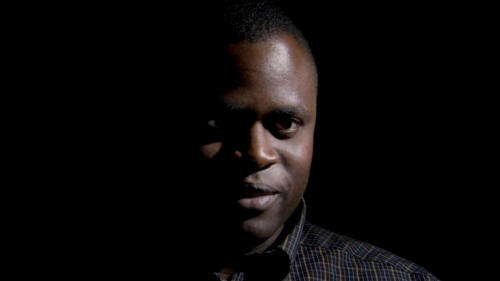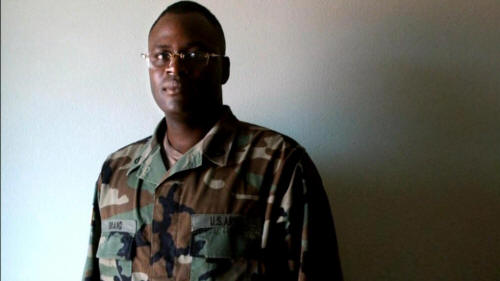|
TAXI TO THE DARK SIDE -- ILLUSTRATED SCREENPLAY & SCREENCAP GALLERY |
|
[Narrator] What kind of force did you have to use to subdue him? [Sgt. Anthony Morden, Military Police, Bagram] Physical force. He was struck. [Spc. Glendale Walls, Interrogated Dilawar at Bagram] There were like four MPs on this guy, and one of the MPs just kept giving him kidney shots. The other two, they'd slam him to the ground. And then the fourth one, like jumped on his back. He got a big gash on his nose. [Moazzam Begg, British subject detained at Bagram and Guantanamo 2002-2005] There was no reason to hit him. Remember, he was shackled. [Sgt. Thomas Curtis, Military Police, Bagram] Even when control wasn't an issue, it became "Well, I'm just going to do this to get mine in." And that's probably why they got in trouble. Because you really couldn't justify kicking the guy that much if he was just chained up. [Narrator] Dilawar was taken to an isolation cell where the knee strikes continued. In her statement at trial, the Army Coroner said his lower limbs looked like they had been run over by a bus. Had he lived, it would have been necessary to amputate his legs. [Pfc. Willie Brand, Military Police, Bagram] Then it kind of raised the question of like, "This is what we did to him." It's not just like this is what I did to him, or this is what Cammie did to him, or Morden or anybody. Just, "This is what we've done." [Tim Golden, New York Times Reporter] It's almost hard to fathom now. You had soldiers like Willie Brand who seems like this very gentle, kind of soft-spoken guy, but who testified that he struck Dilawar so many times in the leg that his knee got tired, and he had to switch to the other one.
|
